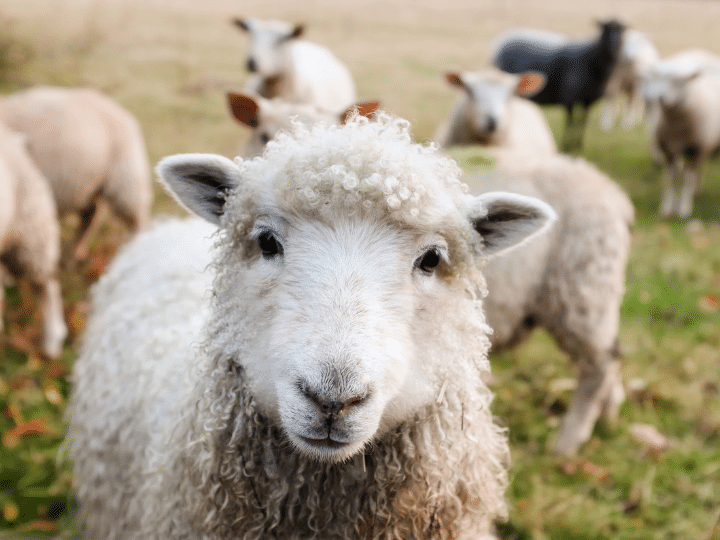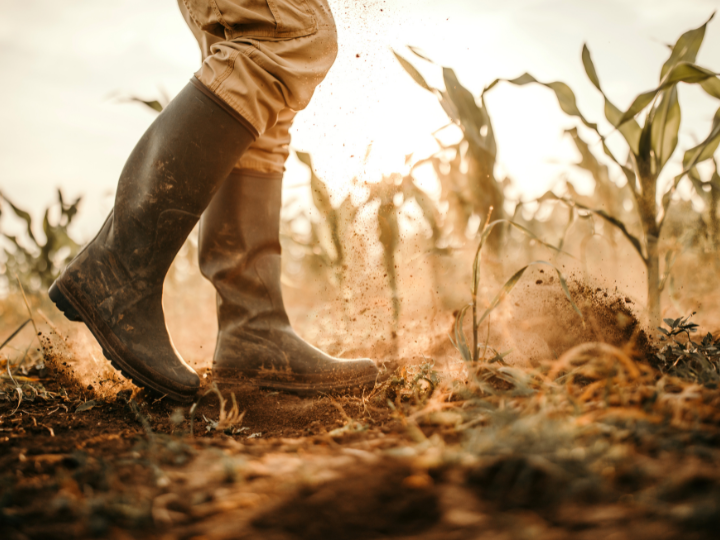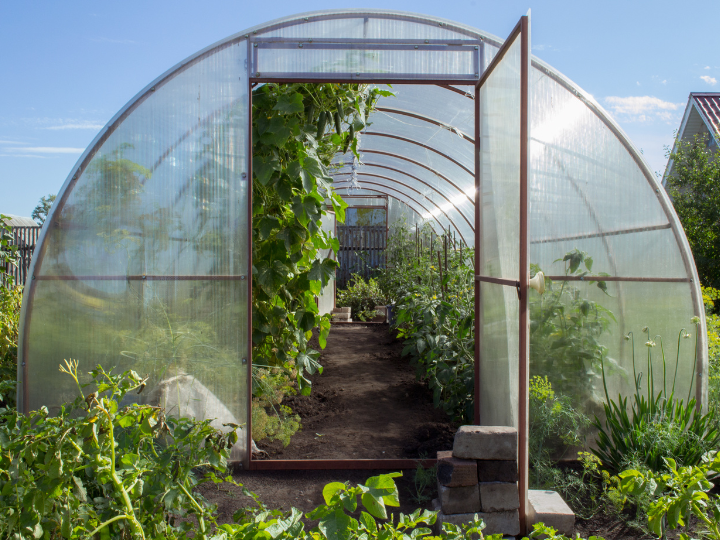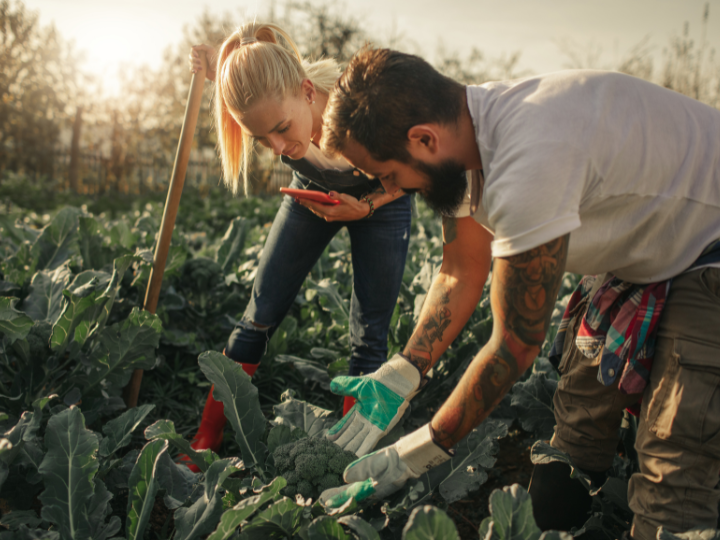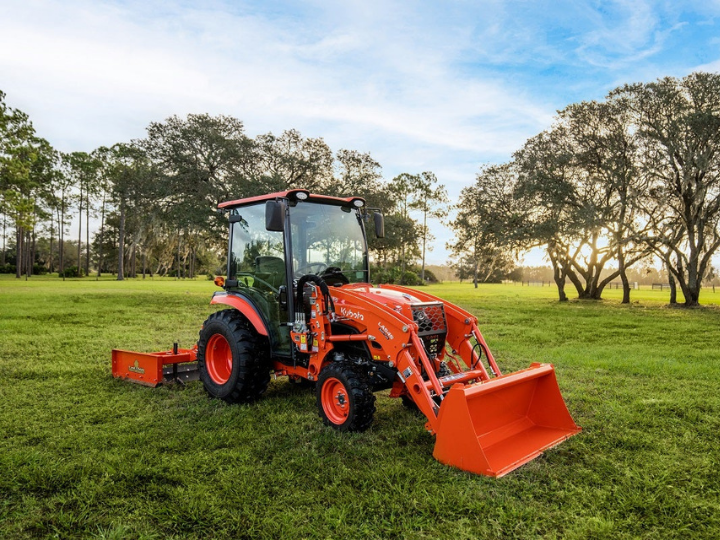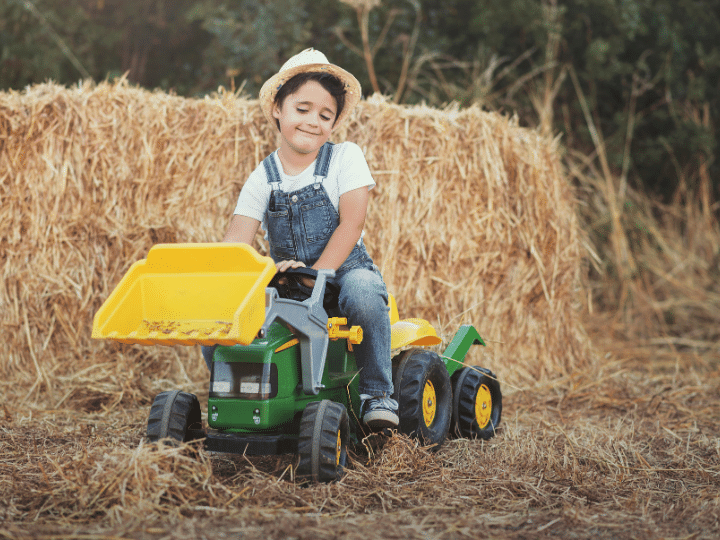In the diverse and challenging world of farming in Ontario, protecting your livestock is not just a matter of security but a necessity for your farm’s sustainability. Livestock insurance emerges as an essential tool in managing risks and ensuring that your farm thrives through unforeseen circumstances. This article delves into the intricacies of livestock insurance in Ontario, covering various aspects from coverage types to loss claims.
Coverage Options
Livestock insurance in Ontario is multifaceted, catering to the varied needs of farmers. Coverage can be broadly categorized into two types: individual and blanket policies. Individual coverage focuses on specific animals, which is crucial for high-value livestock. On the other hand, blanket coverage provides a safety net for all your farm animals, offering a more generalized approach.
Specific coverage types are available for different animals, such as cattle, hogs, sheep, and poultry. These coverages include protection against natural occurrences like hail, fire, and windstorm, and extend to other perils like transportation accidents, accidental shooting, and electrocution. Some insurers offer packages like Broad or Elite, with the latter providing more comprehensive coverage including risks like hardware ingestion, bloat, accidental physical injury, and more. Additional options are also available for dairy farms, offering enhanced coverage for elements like exterior farm signs, fuel tanks, and fences.
Determining Livestock Value
Valuing livestock is a critical step in obtaining the right insurance coverage. The most common method is using the market or cash value of the animal at the time of its death or destruction. This value is dynamic, varying with market conditions, making regular assessments vital to ensure adequate coverage. The policy should reflect the true value of the livestock, considering factors like breed, age, health, and productivity.
Loss Claims & Processing
When a loss occurs, the claim process involves assessing the cause and the extent of the loss. It’s essential to understand the specific causes of loss covered by your policy. Coverage may include common perils like fire, flood, and windstorm, and can be extended to cover other situations like entrapment, consequential loss due to equipment failure, and even specific diseases like avian flu. It’s crucial to regularly review and update your policy to match your current needs, considering factors like co-insurance and coverage for non-owned livestock if you’re involved in growing livestock for others.
__
Livestock insurance is a vital component of risk management for farmers in Ontario. With the right coverage, you can protect your farm’s assets against a range of risks, ensuring that your business remains resilient in the face of adversity. Regular policy reviews and updates are key to maintaining adequate coverage as market values and farming practices evolve. For more detailed information and to tailor an insurance solution that best fits your farm’s needs, contact our team today.
